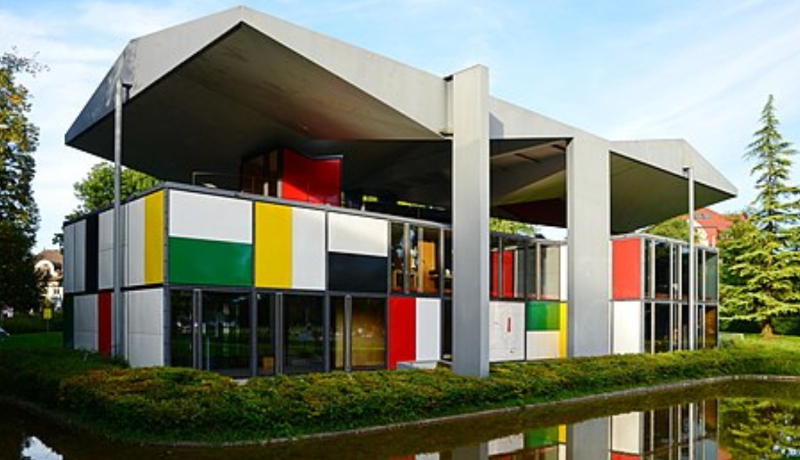Beginning in the early 20th century, many artists, like Derain, Picasso, Matisse, and Modigliani, were fascinated by African art. They began to visit the Trocadero museum in Paris to view the distinctive works and absorb everything that was put in front of them.
These artists observed formal perfection offset by abstraction, asymmetry by balance, and primitiveness offset by sophisticated design in this work of art. They experienced a mystical and spiritual encounter as a result of responding to this raw expressive power with all of their faculties, including imagination and emotion in addition to sight.
This preoccupation with order and reorganization of forms, as well as the investigation of previously unexplored emotional and psychological realms, resulted from this immersion. It assisted them in advancing past the naturalism that had previously characterized Western art.
As a result of the African sculptor’s reduced use of planes and forms and his rearrangement of the human form—which was in fact based on disproportion—Cubism was formed, changing the position of visual art for all time.
Picasso and the other avant-garde artists from the “School of Paris” started collecting the African tribal sculptures and artifacts that were starting to proliferate in Paris as a result of French colonialism there. Picasso integrated Dogon ceremonial masks into his groundbreaking works, such as Les Demoiselles d’Avignon (1907–1909), and his white sculpture Head of a Woman (1929-1930), clearly shows the influence of the Gabon masks he received.
In adapting the artistic elements of the Ivory Coast-based Baule tribe, Modigliani stood out from the crowd. In the same way that American sculptors like William Zorach and Chaim Cross rejected Rodin’s cast-bronze approach in favor of direct carving in wood, Brancusi accepted the use of wood as a sculpture medium rather than the form.
As a descendant of generations of weavers, Matisse was drawn to the handcrafted textiles as well as the sculptures of African art. Kuba cloths from the Congo in particular, with their allover patterning, served as an inspiration for his paper cutouts’ shifting perspectives. He observed that his rash use of vivid color evoked strong feelings and was connected to the ritualistic roots of African art.
Two new principles had a profound impact on design in architecture. The first was the aesthetic impact of decorative patterning on surfaces, most notably external walls, and the second was a new perspective on spatial environments, which are places that not only accommodate human size, function, and shape but also the psychology of human nature.
Le Corbusier and Oscar Niemeyer, among other architects, expressed themselves by giving structures and monumentalized buildings a severe form. Long linear vertical lines were introduced, and their structures were adorned with enormous bas-reliefs and textured murals based on the nonlinear scaling of geometric patterns that is unique to African decorating.
The worldwide art world has been profoundly influenced by African art history.





